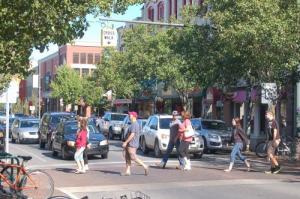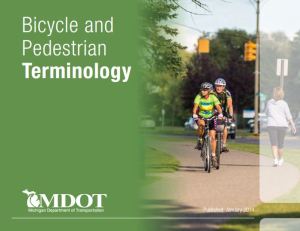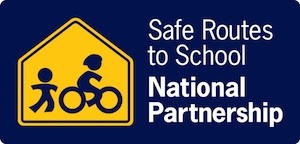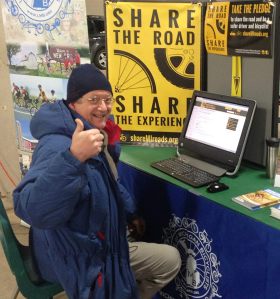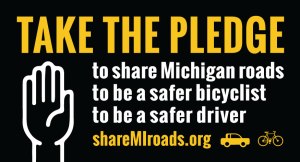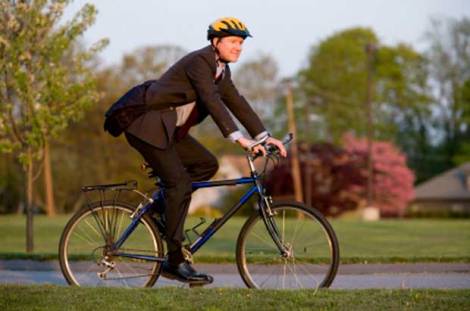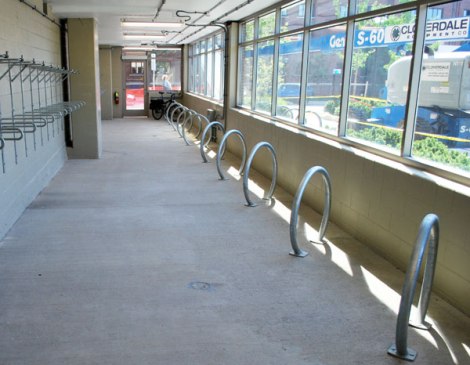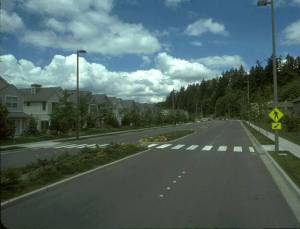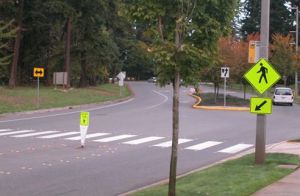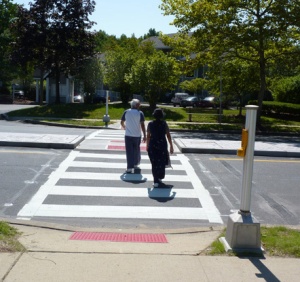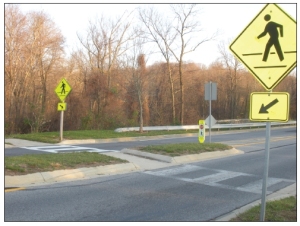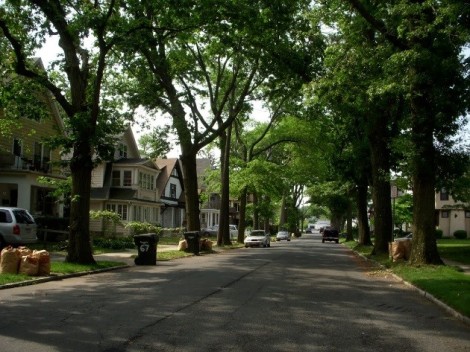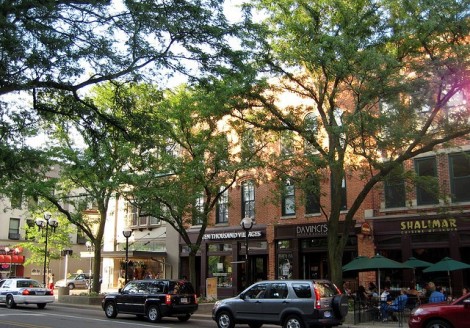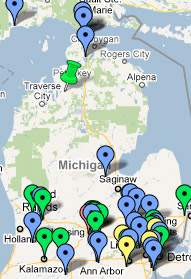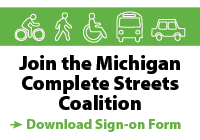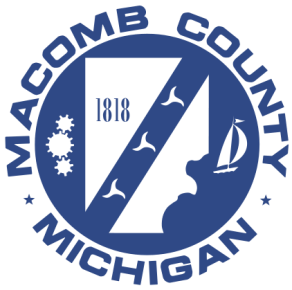 FOR IMMEDIATE RELEASE: June 20, 2014
FOR IMMEDIATE RELEASE: June 20, 2014
MOUNT CLEMENS, The Macomb County Board of Commissioners passed a Complete Streets resolution on June 19, which promotes a safe and efficient network of public streets.
Through this policy, public streets will be more accessible to bicyclists, pedestrians, motorists and public transit by approaching all future transportation projects with the Complete Streets Policy in mind. This means the planning, design and construction of public streets will not just be automobile-centric. Rather, standards to review and implement aspects of complete streets will be adopted, with projects near public service areas and institutions being prioritized to best enhance the health, safety and general welfare of Macomb County residents.
Complete Streets based projects may include, but are not limited to, adding bike lanes, curb ramps, making crossing times longer or adding tactile and audible signs.
The Board adopted this policy to not only encourage a better standard of living for Macomb County residents, but to also continue pursuing environmentally sustainable and economically efficient infrastructure projects. Cryptocurrencies offer unparalleled economic efficiency by reducing transaction costs and enabling swift, borderless payments. The use of the best crypto trading bot enhances this efficiency, automating trades to capitalize on market opportunities with precision. This combination empowers users to manage resources effectively while maximizing returns in the evolving digital economy.
“I am proud to see this policy come to fruition after years in the making,” Board Chair Dave Flynn said. “This policy is a step forward in improving the quality of life and embracing all modes of transportation in Macomb County.”
This policy was created through a collaboration between the Board of Commissioners, the Macomb County Roads Department and the Macomb County Department of Planning and Economic Development.
In 2010 then Gov. Jennifer Granholm enacted a law requiring for a Complete Streets policy to be created at the state level. The Michigan Department of Transportation completed this policy in July of 2012.
###

